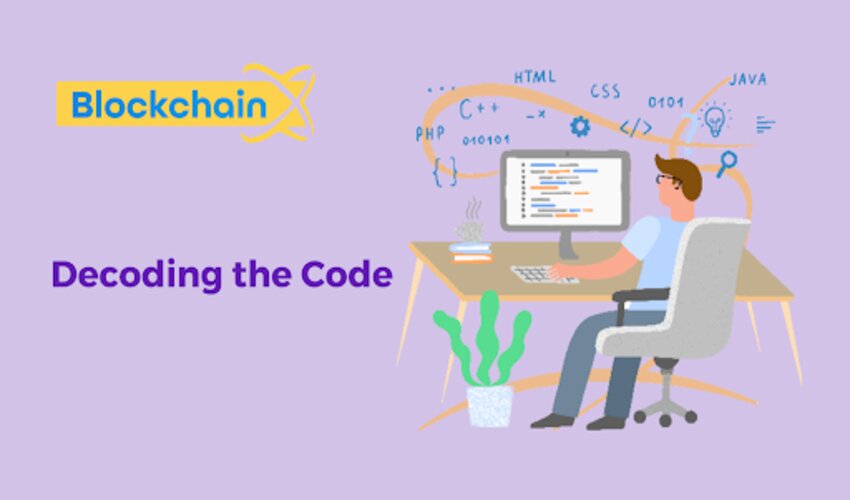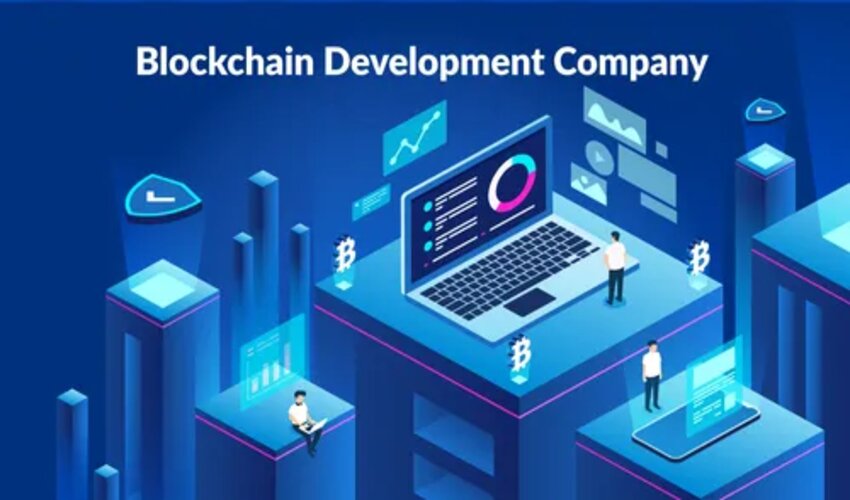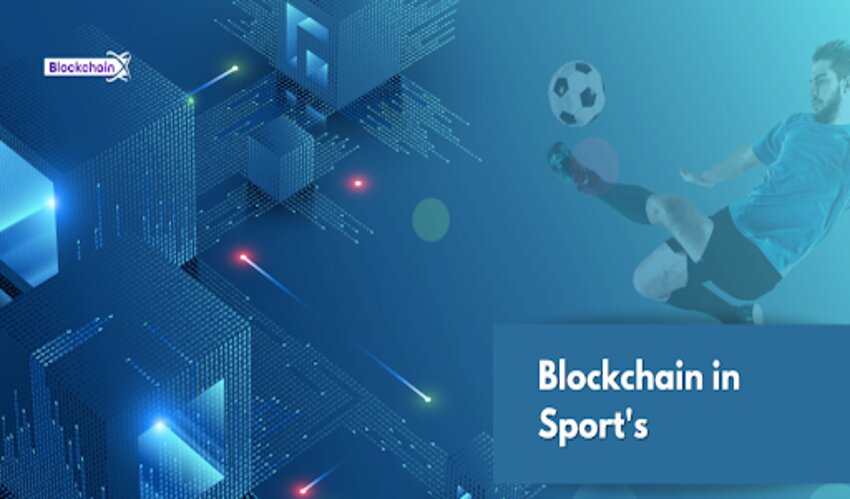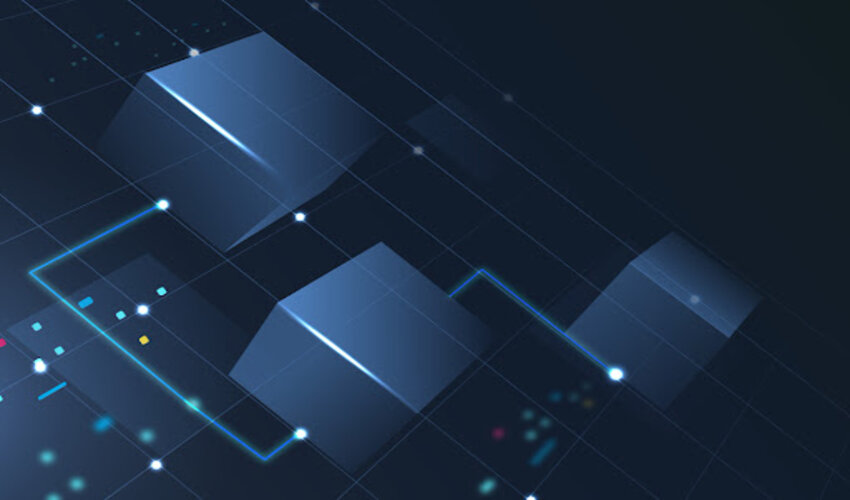Blockchain technology has completely changed how our transactions are done and how we store data and build trust. Due to the inherent decentralization and immutability of Blockchain, it is used in finance, healthcare, supply chain management, and other sectors. The global Blockchain market is predicted to hit $3.1 trillion by 2030, demonstrating the high demand for and recognition of its advantages.
For blockchain developers, it is crucial to provide a smooth interface for their applications that will allow the technology to realize its full potential. This is the area where Azure Migration Strategies become essential. By using Azure, the platform powered by Microsoft’s cloud, developers can simplify their operations, fortify their security, and grow their Blockchain applications effortlessly. In this blog, we’ll discover Azure Migration Strategies and how they can be applied to the needs of Blockchain developers.
Understanding Azure Migration Strategies
Azure Migration Strategies is a group of methodologies, tools, and services offered by Microsoft Azure that facilitates the migration of applications and workloads to the cloud. These strategies are the Blockchain developers’ main feature: they can use the scalability, security, and cost-efficiency of the cloud to improve the Blockchain applications. Through the migration to Azure, developers can move beyond the issues of on-premises infrastructure, release new features, and speed up innovation in the development of Blockchain.
Why Azure Migration Is the Best Way For Blockchain Developers?
Azure Migration Strategies is a way for developers to upgrade their apps, simplify operations, and utilize the full power of Blockchain in the cloud, which in the end will be beneficial for their business growth and differentiation.
Comprehensive Support For A Wide Range Of Workloads
This is essential to Azure Migration Strategies, especially for Blockchain developers wanting to move their applications to the cloud. Azure delivers all the tools, services, and frameworks that can support any kind of Blockchain workload. Therefore, the migration process is highly optimized and smooth.
Let’s take a case where the Blockchain developer will be employed to build a permissioned Blockchain using Hyperledger Fabric. The Azure Migration Strategies is a tool that enables the migration of the Hyperledger Fabric network to the Azure Blockchain Service. Azure provides pre-configured templates, deployment guides, and DevOps tooling tailored for Hyperledger Fabric; hence, the migration process becomes easy, and disruptions can be minimized.
Azure’s support is not limited to Blockchain platforms, but it provides solutions for various business cases in different industries. Whatever kind of application developers are building to offer financial services, supply chain solutions or identity management on Blockchain, Azure has specialized services and guidance to meet their unique demands.
The Azure hybrid cloud feature gives room for blockchain developers who are not yet ready to deploy the technology for full-scale cloud migration. An instance of this is the utilization of Azure Stack to implement Blockchain nodes at the edge for low latency cases and Azure Arc to handle Blockchain environments distributed on-premises and cloud infrastructure.
Integration to the Blockchain Frameworks And Tools
In Azure, simplicity is a crucial element that simplifies the migration process for Blockchain developers and ensures compatibility and better productivity. Through Azure, developers can use its sophisticated support for popular Blockchain frameworks and development tools. Thus, they can rely on their current knowledge and infrastructure as they migrate to the cloud.
Let’s take the example of a Blockchain developer who works with Ethereum; an Ethereum platform is one of the most popular and widely used platforms to build decentralized applications (DApps). Azure gives dedicated services like the Azure Blockchain Service, which is straightforward to link up with Ethereum and other frameworks like Quorum. Such integration enables developers to deploy, manage, and scale Ethereum nodes and DApps on Azure without effort, leveraging known tools and APIs.
Azure can also support other famous Blockchain frameworks, such as Hyperledger Fabric and Corda, providing specialized services and tooling that comply with the requirements of each framework. Along these lines, Azure Blockchain Workbench is a complete solution for building and deploying Hyperledger Fabric-based Blockchain applications. On the other hand, Azure Blockchain Development Kit helps to simplify integration with Corda networks.
Hybrid Cloud Flexibility
The flexibility of the hybrid cloud, which means Azure can combine on-premises infrastructure with cloud-based resources, gives a developer a flexible approach to deploying and managing Blockchain applications. Such a hybrid approach provides a trade-off between the on-premises systems that give the developers control and the cloud-based systems that offer scalability and agility.
Some sensitive information or regulatory restrictions may require some application parts to stay on-premises to ensure compliance and control. Besides, the institution can also use cloud computing to cope with the peak times when there are many transactions to process.
Azure’s hybrid cloud model enables the institution to place the main components of their Blockchain application on-premises and use Azure Cloud services, including Azure Blockchain Service or Azure Kubernetes Service (AKS), as extra power and scalability as is needed.
Robust Data Management and Analytics
Data management and analytics are two of the most crucial functions that Blockchain developers use to maximize the benefits of their applications. Azure provides a suite of services to satisfy these needs. Think of Azure Cosmos DB, a globe-encompassing, multi-model database service.
The data storage capability of this service allows blockchain developers to handle and store various data types connected to transactions, smart contracts, and user identities. Cosmos DB offers the advantage of being global and low-latency, by which developers can provide data replication across different regions. This ensures that the Blockchain data is highly available and tolerant of faults.
In addition, Azure SQL Database is a managed relational database service that can store all structured data (related to Blockchain transactions and user profiles). Developers can do much more with SQL Database, run complex queries, do analytics, and generate actionable insights from Blockchain data as it becomes easier.
For example, the built-in analytics capabilities of SQL Database can help users identify transaction patterns, spot anomalies, and improve performance for Blockchain applications so that developers can maximize their efficiency.
Wrap-Up
Developers can easily move their Blockchain applications to the cloud using Azure’s various Azure application modernization services and Azure consulting. This will open new doors for scalability, security, and cost-effectiveness that have never been seen before. The Azure Blockchain development is bright, full of promising prospects, and has an endless universe of possibilities in the future.
Author Bio
Austin. H. Joy is an Enthusiastic Sr. IT Consultant at atQor providing Azure application modernization services. He loves to write and read about the latest Microsoft technology trends. He likes to travel to natural places.

















Leave a Reply